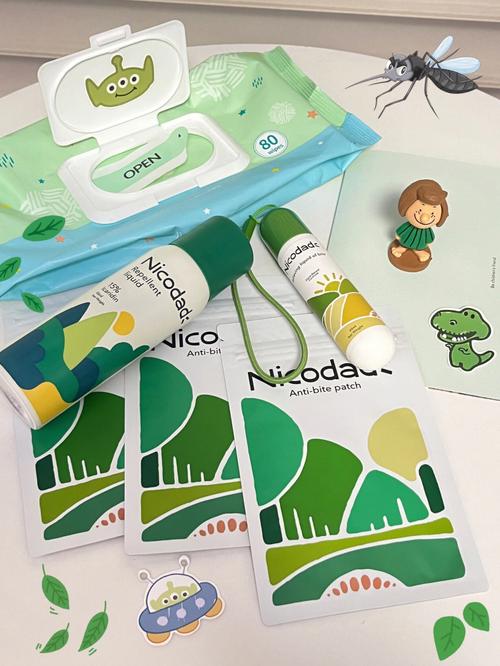
Anterior Open Bite: A Comprehensive Guide
An anterior open bite is a dental condition that can affect both the appearance and functionality of your smile. It occurs when there is a gap between the upper and lower front teeth when the mouth is closed. This condition can be caused by a variety of factors, and it’s important to understand its implications and treatment options. Let’s delve into the details of this dental issue.
Understanding the Causes
The causes of an anterior open bite can be categorized into two main types: developmental and acquired.

| Developmental Causes | Acquired Causes |
|---|---|
| Genetic factors | Bruxism (teeth grinding) |
| Early loss of primary teeth | Malocclusion due to tongue thrusting |
| Abnormal growth of the jaw | Use of pacifiers or thumbsucking beyond the age of three |
Developmental causes often occur during childhood and can be attributed to genetic factors, early loss of primary teeth, or abnormal growth of the jaw. Acquired causes, on the other hand, can develop at any age and are often related to habits such as teeth grinding, tongue thrusting, or prolonged use of pacifiers or thumbsucking.
Diagnosis and Symptoms
Diagnosing an anterior open bite typically involves a thorough dental examination, including X-rays and dental impressions. The following symptoms may indicate the presence of an open bite:
- A noticeable gap between the upper and lower front teeth when the mouth is closed
- Difficulty in biting or chewing food
- Speech difficulties, such as lisping
- Headaches or jaw pain
Treatment Options
Treatment for an anterior open bite depends on the severity of the condition and the individual’s age. Here are some common treatment options:
Orthodontic Treatment
Orthodontic treatment is often the first line of treatment for an anterior open bite. This may involve the use of braces, retainers, or other orthodontic appliances to correct the alignment of the teeth and jaw.

Functional Appliances
Functional appliances, such as the Herbst appliance or the Twin Block appliance, are designed to reposition the jaw and correct the open bite. These appliances are typically worn for several months to achieve the desired results.
Orthognathic Surgery
In some cases, orthognathic surgery may be necessary to correct severe anterior open bites. This surgical procedure involves the repositioning of the jaw bones to achieve proper alignment.
Behavioral Modification
Addressing any underlying habits, such as teeth grinding or tongue thrusting, can also help improve the condition. Behavioral modification techniques, such as habit-breaking exercises or therapy, may be recommended.
Prevention and Maintenance
Preventing an anterior open bite involves maintaining good oral hygiene and addressing any potential risk factors early on. Here are some tips to help prevent and maintain a healthy smile:
- Regular dental check-ups and cleanings
- Correcting any malocclusions or misalignments as soon as possible
- Encouraging healthy oral habits, such as proper brushing and flossing
- Addressing any underlying habits, such as teeth grinding or tongue thrusting
An anterior open bite can be a challenging dental condition to manage, but with the right treatment and maintenance, it’s possible to achieve a healthy and functional smile. By understanding the causes, symptoms, and treatment options, you can take the necessary steps to address this issue and improve your oral health.







